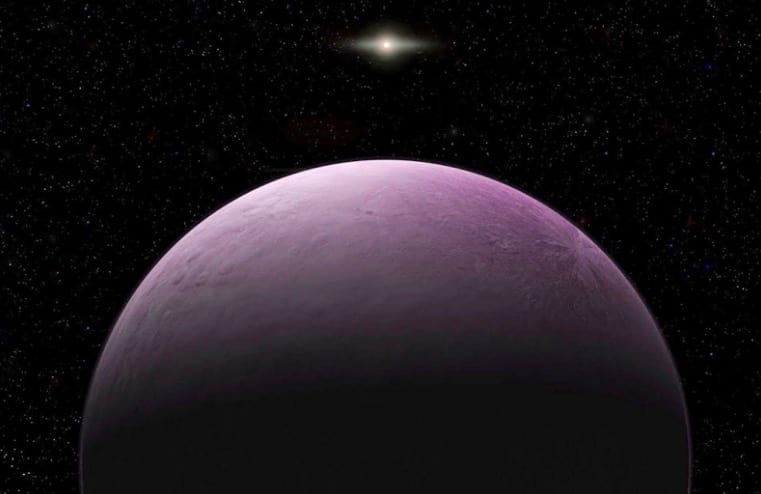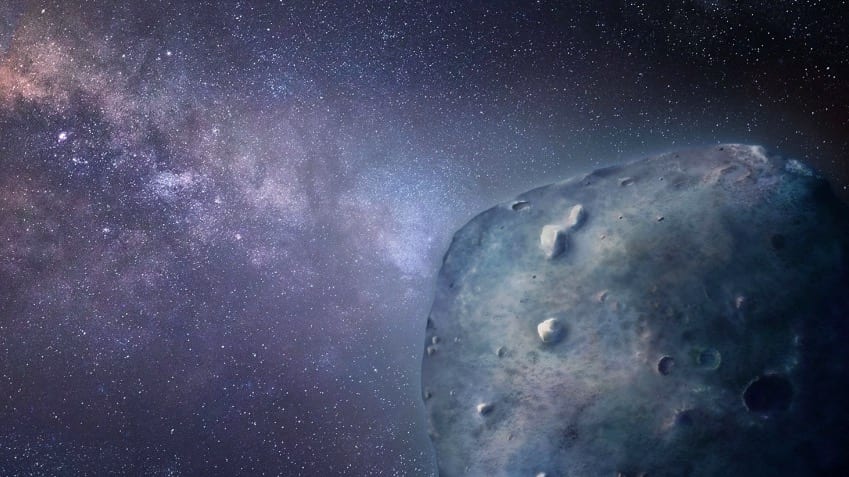In November 2018, three astronomers made an interesting discovery at the edge of our solar system. They found a new, far off object orbiting around the sun, which they nicknamed “Farout.” The discovery of the new pinkish cosmic body was announced by the International Astronomical Union on December 17th, 2018. According to them, it’s a small, pink planet and it is considered to be the most distant object ever found in the solar system – it’s even 3.5 times more distant from the Earth than Pluto. Meet Farout, the most distant object ever discovered in our solar system
How astronomers discovered Farout
The astronomers, Scott S. Sheppard, David Tholen, and Chad Trujillo, were searching for the edge of our solar system – they were actually looking for a hidden planet. Instead, they found Farout. The team of astronomers discovered Farout using a Japanese telescope, which was located in Hawaii. The first images of the far away object were taken on the November tenth, 2018. The object was also observed another time, a few days earlier at Carnegie’s Las Campanas Observatory in Chile. All of these observations gave the astronomers the chance to follow the path of the object across the sky, in order to determine its color and brightness.

The far away dwarf planet Farout
The new solar object was officially called 2018 VG18, and it lies more than 100 times further from the Sun than Earth. Even though experts still can’t confirm details of this far away object, they estimated that it might be small and spherical, and approximately 311 miles wide. Members of this team also made another discovery in October 2018: they found another distant planet, which they called The Goblin. The new planet Farout seems to move in harmony with the solar system, but scientists will need about a year in order to be certain about their new discovery. They just assume that Farout’s orbit provides some evidence for the existence of Planet X, the hypothesized tenth planet in our solar system.
Future research
Scientists are going to perform more research on this pinkish dwarf planet, in order to be certain of their new discovery. Even though it’s not very easy for the astronomers to predict the existence of the tenth planet in our solar system, scientists from the California Institute of Technology, Konstantin Batygin and Mike Brown, said that it’s possible to predict the angle of the new small solar body. This way, they will be able to give more detailed results about the unknown solar object in the future.

One of the top challenges they have to face when they are trying to identify far away planets is how to correctly map the paths of their orbits. More specifically, when scientists know the exact orbit of a planet, they can understand a lot about its history and they even are able to use it to discover more unknown planets in the space. For instance, the Goblin has an elongated orbit, which means, according to astronomers, that it is a large solar body in the distant solar system.
There may be a lot of other planets hiding in our solar system. It’s a big place and astronomers may find other secrets.The team of astronomers is turning up these far out objects as part of the hunt for a hypothetical solar world called Planet Nine, which is best known by its gravitational tug on objects in the outer solar system.









